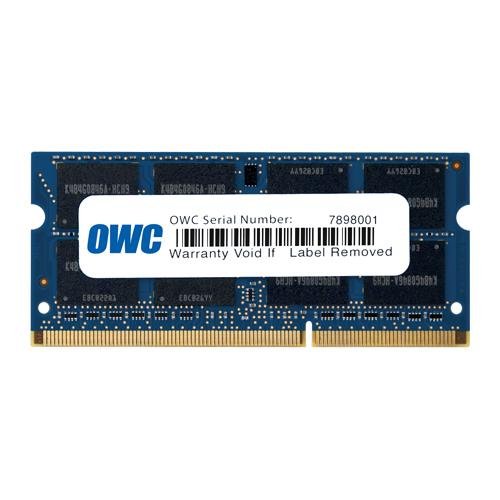

Updating your OS may take several minutes but doing so can significantly improve the speed of your computer.Ī cluttered desktop will also cause your system to slow down. But in cases when it does not, you could always check for the latest update of your OS and install it. Normally, you Mac will automatically update its OS. From the Application menu, choose Quit, or you could also right click on the app’s dock icon then choose Quit. If you are no longer using an app, close it to save on memory space.

This procedure can be done manually or automatically using Mac cleanup applications.Īny docked app that is lighted underneath takes up RAM. Part of cleaning your hard drive is removing duplicate files, uninstalling useless apps, and deleting files that are already obsolete. For instance, if Firefox uses more memory, you could substitute it with browsers that are less memory-intensive such as Chrome. Check your activity monitor under the Utilities menu and check for apps and files with a high CPU usage.Ĭlose any app that is using unreasonably high resources and replace it with an app that has lower system usage. The more space an app consumes, the more that it could slow down your system’s performance. Find a substitute for apps with high memory usage. Uncheck those items which you don’t need to open during startup.Ĩ. Reduce login items by going to System Preferences, User & Groups, and click Login Item. As a result, the startup process would be longer. Login items automatically launch at startup.


If it takes a while for your computer to boot up, the problem might be in the number of login items. Restarting will clear out any stuck processes that could slow down your system. Sometimes, restarting once in a while can help speed up your Macbook. The good news is that there are ways to speed up your Macbook Pro in just 30 minutes or less. 10 Simple Tips To Speed Up Macbook Pro In 30 Minutes (Or Less!)ĭo you wish your Macbook could run a little faster?


 0 kommentar(er)
0 kommentar(er)
